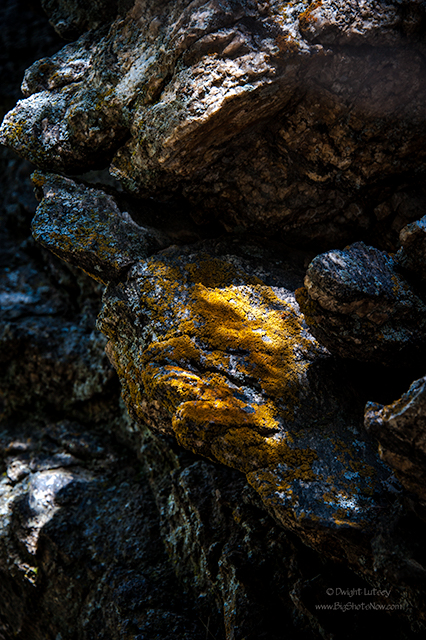It’s harvest time at The Institute and like any other gigantic, inorganic, semi-corrupt, uncaring mega-agriculture corporation we have to get the crops in. We’re not like that grasshopper you hear about that fiddled away the summer and now has nothing to show for it. We’re like the ants, those ones from South America someplace that voraciously consume everything in their path and what they can’t eat they pack away in their ant warehouses and storage units, and those small freighters off-shore, even going so far as stuffing it in an ant Tuff shed here and there.
We’ve been asked “Why do you have so many unpaid interns hanging around The Institute?”. Because its times like this when we need them, that and we don’t usually let them go once they’ve signed our work agreement and we have confiscated their car keys. We send them off into the fields to work, to harvest the bounty our land has produced. Like these red things in the photo above. We don’t know what they are, or if they taste good, or even whether they’re healthy or deadly or what ever, but nature grew them so that’s what we’re going to harvest. We have tons of them growing down along the dry stream bed in the arboretum so it’s easy to harvest them and we don’t lose many interns because they can find their way back simply by following the creek up hill.
It’s a welcome sight to see the long lines of interns, their huge baskets filled to the brim with these red things, singing songs of the working classes, stamping their feet rhythmically on the narrow snake-infested trails, their trump lines making indentations in their foreheads from the back-breaking weight of their overfilled baskets, perspiring as they labor up the 42% grade to the red thing dumping site. It’s a good feeling to know we can provide for our people. We know that the labor will pay off when we need something to feed them over the winter. Our staff of nutritionists gleaned from fast food restaurants all over the world tell us that they can make a delicious paste of some kind that can be smeared on other edible produce and that will sustain the bulk of the interns unless it gets too cold. That ‘s also taking into account of course, that the red things are not poisonous.
We also harvest another crop that grows wild on our boulders and smaller rocks. It is called lichen and it is chock full of healthy stuff like riboflavin’s, free radicals, imprisoned radicals, natural chemicals, riboflavin’s, yellow dye number 5, some orange stuff you have to scrape off before you can eat it, certain minerals and vitamin C and D and R.
Lichen is difficult to harvest as the boulders and smaller rocks have to be rolled up the incline to the lichen harvesting place where other interns whose knees are shot from harvesting the Red Things, scrape it off the boulders with old putty knives. Being that The Institute believes in sustainability and the well being of Mother Earth, the boulders have to be rolled back to their original positions so the seeds of the next harvest can be planted. Rolling a 7 or 8 ton boulder back down the hill without anyone getting injured or killed dead on the spot is a tricky business.
Luckily we have staff brought on from various County Rehabilitation programs in Georgia, Alabama and Wisconsin, that previously supervised the work crews that performed work similar to our lichen harvesting procedures along various southern roadsides. We value their experience and knowledge of how to handle unwilling workers, plus it’s nice to see how the German Shepherds keep everyone closely clustered around the boulder as they lower it.
The experience gleaned from their Work and Not Release program that has been so effective for them down there has been invaluable. These officers overseers guards work facilitators are always ready to offer advice and moral support. It goes without saying that we do not condone the use of chains or other manacles and we offer them breaks several times a week. The Institute has placed the highest regard for safety for our volunteer workers and will continue to do so right down to the last one.
We have asked our nutritionists if the red paste they are creating might be combined with the lichen for a more well-balanced foodstuff. They said it could and they have found other uses for it as well. It makes an incredible chinking material as the first few volunteers who have consumed it state they have not had use of their digestive tract since eating it four weeks ago. Anything that will clog a system like that will keep the sub-zero wind from blasting through the logs of the bunkhouses. And apparently it’s waterproof. Another benefit.
Got to run just got word from the overseers that something happened to twenty or thirty of the interns down near the lichen field. Rope probably broke on that big boulder they were trying to lower.




You must be logged in to post a comment.